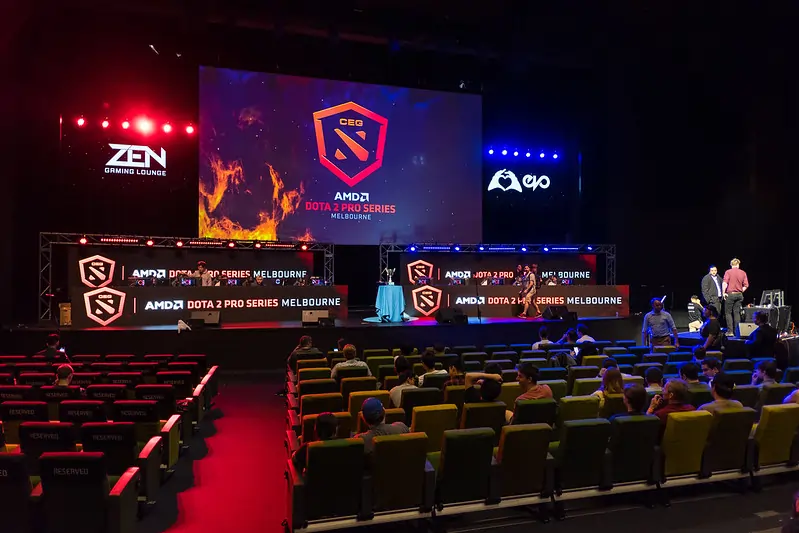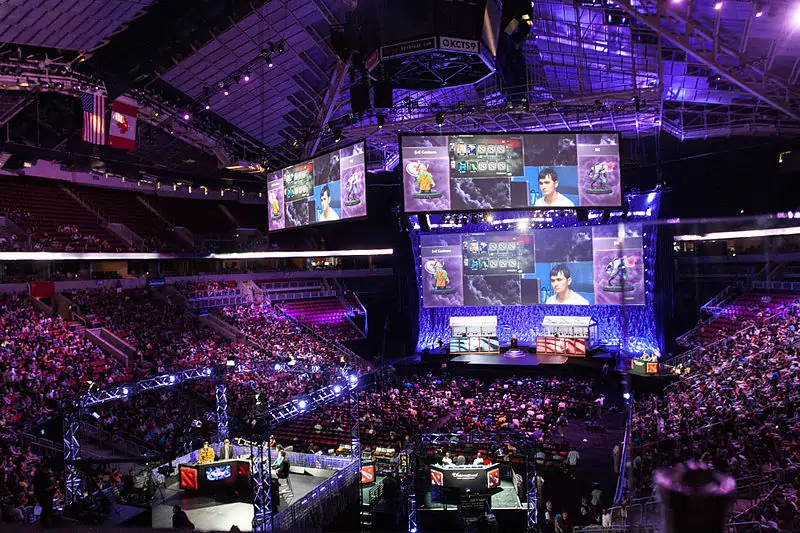The Overview of E-Sports
E-sports, short for electronic sports, refers to competitive video gaming where individuals or teams play against each other in organised tournaments. This virtual form of competition has seen exponential growth over the past decade and has evolved from the niche hobbyists to the mainstream phenomenon of the global.
Moreover, the rise of e-sports can be attributed to various elements such as, including advancements in technology, increased accessibility of the internet, along the explosion of the platforms of gaming. Alternatively, one of the defining features of e-sports is their accessibility. Unlike traditional sports that often require specific physical attributes or extensive facilities of training, e-sports are played by anyone with a computer or console of the gaming along with a connection to the internet.
The economic effect of e-sports is another key element in its rise, and the industry has attracted significant investments from brands, sponsors, along advertisers, and it also leads to lucrative prize pools for the top tournaments. For instance, The International, an annual “Dota 2 championship”, has consistently offered the prizes of the multi-million-dollar, as well it also drawing the attention from both players along with the spectators.
Nevertheless, the commercial potential of e-sports is further underlined by the formation of professional teams along with the leagues as well as complete with salaried players, coaches as well and support staff. Nevertheless, the rise of e-sports has also led to the development of a unique culture as well as identity. The gamers often identify with their favourite game teams along with the players, and they create a sense of community as well as belonging.
Major E-Sports Tournaments
The tournaments of the e-sports have become grand spectacles, and they sketch millions of viewers as well as generate significant revenue. These events have raised e-sports to the level of traditional sports in terms of the value of the production, engagement of the audience as well as competitive intensity. Besides, some of the most notable tournaments of e-sports include The International League of Legends World Championship as well as the Fortnite World Cup.
The International, organised by the “valve corporation”, is one of the most admired events in the calendar of e-sports and the “Dota 2 tournament” boosted the largest prize pool in the history of e-sports also thanks to the community-funded contributions by the game’s system of the battle pass. Nonetheless, the international’s grand stage elaborate opening of the ceremonies, along with the high-stakes matches, has enchanted audiences globally as well as it also hardening its status as the premier event of e-sports.

Moreover, the “League of Legends World Championship”, organised by Riot Games, is another major tournament that has gathered immense popularity and each year, the best teams from several regions compete for the Summoner’s Cup, with the event concluding in the grand final watched by the millions., the quality of the production of the “league of legends world championship” rivals that of the finals of the traditional sports and featuring to elaborate the designs of the stage, live performances as well as the technology of the cutting-edge to improve the experience of the viewing.
The “Fortnite World Cup” was hosted by Epic Games and made the headlines with its inaugural event in the year 2019 with a total prize pool of 30 million US dollars. The tournament attracted the top players from around the world, with the solo champion walking away with an astounding 3 million dollars.
Moreover, this World Cup showcased the game’s broad appeal as well as the competitive nature of its player base, and it also further cemented the e-sports’ place in the mainstream arena of sports. These major tournaments underline the competitive nature of e-sports along with the dedication of its players as well as the fans. Nonetheless, the intense preparation, strategic gameplay, and emotional highs, along with lows experienced by the participants, are akin to those in traditional sports.
The Impact of E-Sports on Traditional Sports
The rise of e-sports has had a transformative effect on traditional sports along with it is challenging fixed notions as well as creating new opportunities for engagement. One significant effect is the crossover appeal where the traditional sports teams, along with the athletes, venture into the arena of e-sports. Furthermore, the major franchises of the sports, such as the “NBA’s Philadelphia 76ers” along with clubs of the football like “Paris saint-germain”, have invested in the teams of e-sports and also recognised the potential for growth as well as the fan engagement and e-sports has also influenced the traditional sports in terms of training along with the analysis of the performance.

Nonetheless, the use of data analytics along with technology in e-sports has set the precedent that traditional sports teams are increasingly adopting. For example, professional e-sports teams employ data analysts to break down the footage of the gameplay, identify the strengths as well as the weaknesses, and it also devise the approaches. Besides, this analytical approach is now being mirrored in traditional sports, where the teams use a similar approach to gain a modest edge.
Moreover, e-sports have redefined the experience of the fans, and they also offer new ways for the audiences to engage with their favourite sports. The interactive platforms, live streaming, along the integration of social media have become important components of the ecosystem of e-sports. Finally, the leagues of traditional sports are taking note of incorporating these elements to improve the engagement of the fans as well as attract younger audiences. The NBA, for example, has partnered with platforms like Twitch to stream games as well as provide interactive content and it also combines the best of both worlds.
Conversely, the rise of e-sports has also prompted organisations of traditional sports to reconsider their approach to youth engagement and with the younger generations increasingly drawn to gaming, sports bodies are developing initiatives to bridge the gap between e-sports along traditional sports. Finally, this includes creating divisions of e-sports, hosting the events of the crossover as well and launching programs for the youth that combine physical activity with gaming as well. By embracing e-sports, traditional sports remain relevant along appealing to future generations.
The Future of E-Sports and Traditional Sports Integration
The future of “e-sports” along with “traditional sports” integration holds immense potential, with both regions poised to benefit from each other’s strengths. One key area of the integration is the development of hybrid events that combine the elements of e-sports with traditional sports. Nonetheless, these events offer unique experiences, blending the physical with the virtual competition to attract diverse audiences. For example, events like the MLS Cup, which merges the tournaments of the FIFA video game with the major league soccer, showcase the potential for innovative hybrid competitions.
Furthermore, the sector of education also knows the value of e-sports, with many institutions incorporating the programs of e-sports into their curriculum. The colleges, along with the universities, are offering scholarships for the athletes of e-sports, and they also establishing varsity teams as well as building facilities for state-of-the-art gaming. Nonetheless, this integration of e-sports into academic settings not only provides pathways to careers for gamers but also fosters skills such as teamwork, strategic thinking, along digital literacy.
Additionally, the advancements in the technology driving e-sports are likely to influence traditional sports in extraordinary ways. Moreover, technologies like “Virtual reality” (VR) along with “augmented reality” (AR) are already being explored in e-sports and have the potential to develop the experience of viewing traditional sports. In addition, imagine watching the game of football from the perspective of your favourite player or experiencing a match of basketball as if you were on the court.
On the other hand, these immersive technologies bridge the gap between e-sports along traditional sports, and they also create unified as well as enriched experiences of sports. Furthermore, the business models of e-sports, along with traditional sports, are increasingly joining. Nevertheless, the sponsorships, sales of the merchandise as well as the rights of the media are the key revenue streams for both sectors. Lastly, as the brands seek to tap into the engaged along with an audience of the tech-savvy e-sports and traditional sports adopt similar approaches to improve their commercial prospects.


